Downstream of the engine is the same eight-speed ZF gearbox that Land Rover offers, although Bowler has developed its own transmission cooler, which is mounted at one end of the car’s flatbed pick-up loadbay, is fed with cool air via a scoop on the roof, and keeps the gearbox going in ultra-tough desert conditions.
The car has a much wider track than a Defender, which is how you’ll likely distinguish it from a distance, but the same 2800mm wheelbase as the old Defender 110. The Defender bodywork and interior architecture, meanwhile, is there partly for practical reasons, because tooling up to produce your own bodies is expensive, and using Defender parts makes the cars easier to repair. But it's also allowing Bowler to tap into the healthy demand that currently exists for extra-special Defenders. In the medium term, Bowler expects to design and fit its own bodies again, just as it did with the EXR-S.
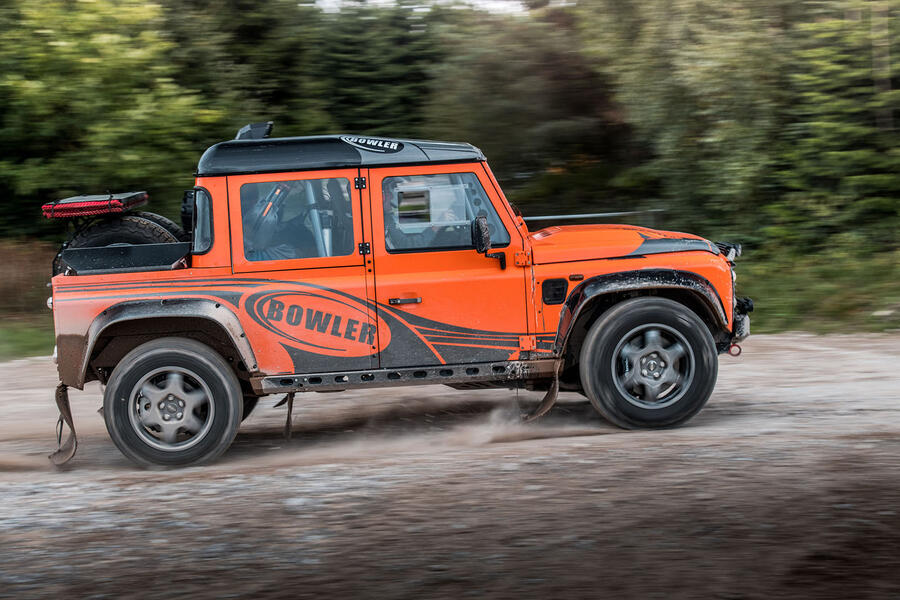
What's it like?
The Bulldog’s interior has a Defender dashboard and a Defender-familiar driving position, but Bowler has been able to improve on the old-stager’s ergonomics a bit, moving the seat inboard to free up some elbow room.
The cabin ambience is probably best described as ‘functional’: think fixed bucket seats, six-point harnesses, and a board of auxiliary navigator’s controls for lights, blower, washers and wipers (because dodging camels is often enough for the driver to worry about). There’s a glass hammer where the radio might otherwise be, in case you barrel roll down a dune and have to get out via the windscreen. Even on a bad day on your way to the post office, you’d hope not to need it.
You might expect the Range Rover Sport’s six-cylinder diesel engine to run more smoothly and quietly than the four-cylinder oil-burner of a standard Defender used to, but good cruising manners aren’t part of the Bulldog’s repertoire. The company quickly realised that the ‘soft’ engine mounts used by Land Rover simply wouldn’t withstand the stresses of rally competition, and replaced them with rigid ones. So the Bulldog’s noisy: the sort of car in which you’d wear earplugs inside your ear defenders if you were driving a long way, accounting also for the way the car’s competition-spec brakes squeal at low speeds.
Since it weighs about 1800kg (a good half-tonne less than the equivalent Range Sport), the car feels hot-hatchback fast on the road, picking up particularly quickly from low speeds and low revs thanks to all that diesel torque. You can drive it very briskly indeed without ever using more than 3000rpm, in fact – and the character of the engine doesn’t discourage interaction with the driving experience via the gearbox’s lever-actuated manual mode one little bit.

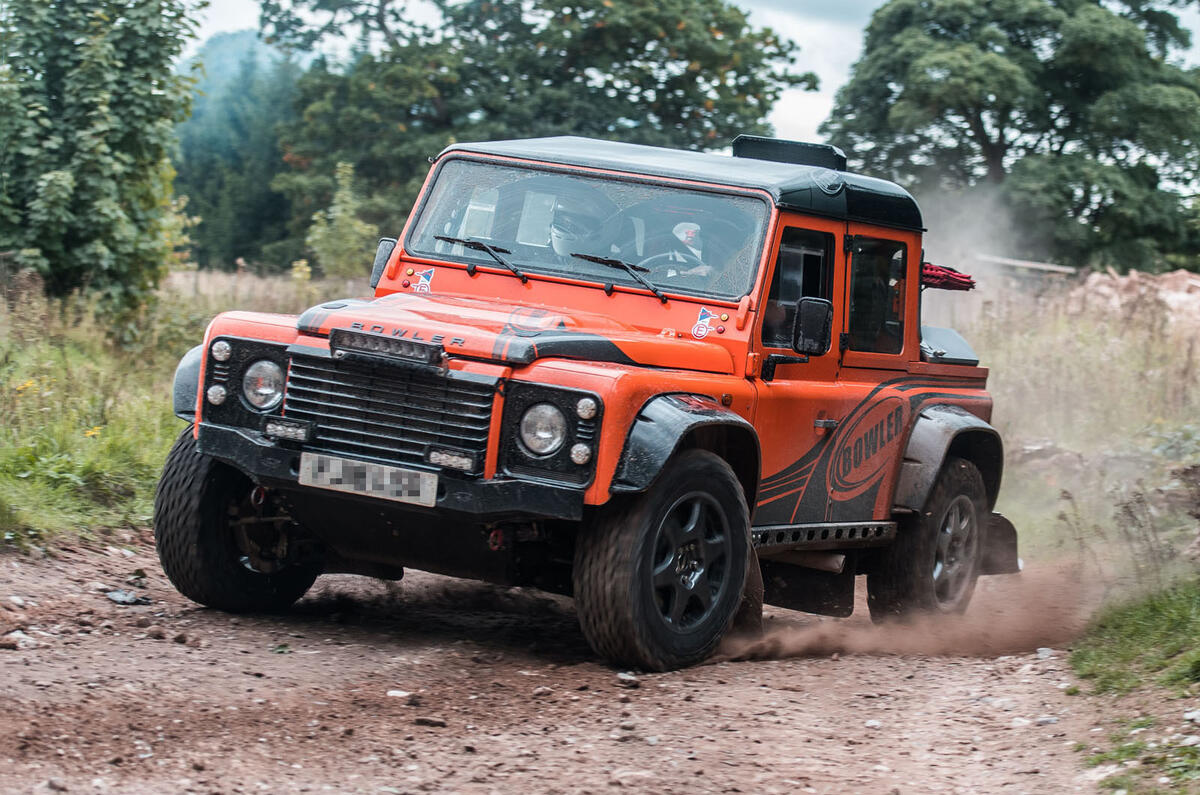
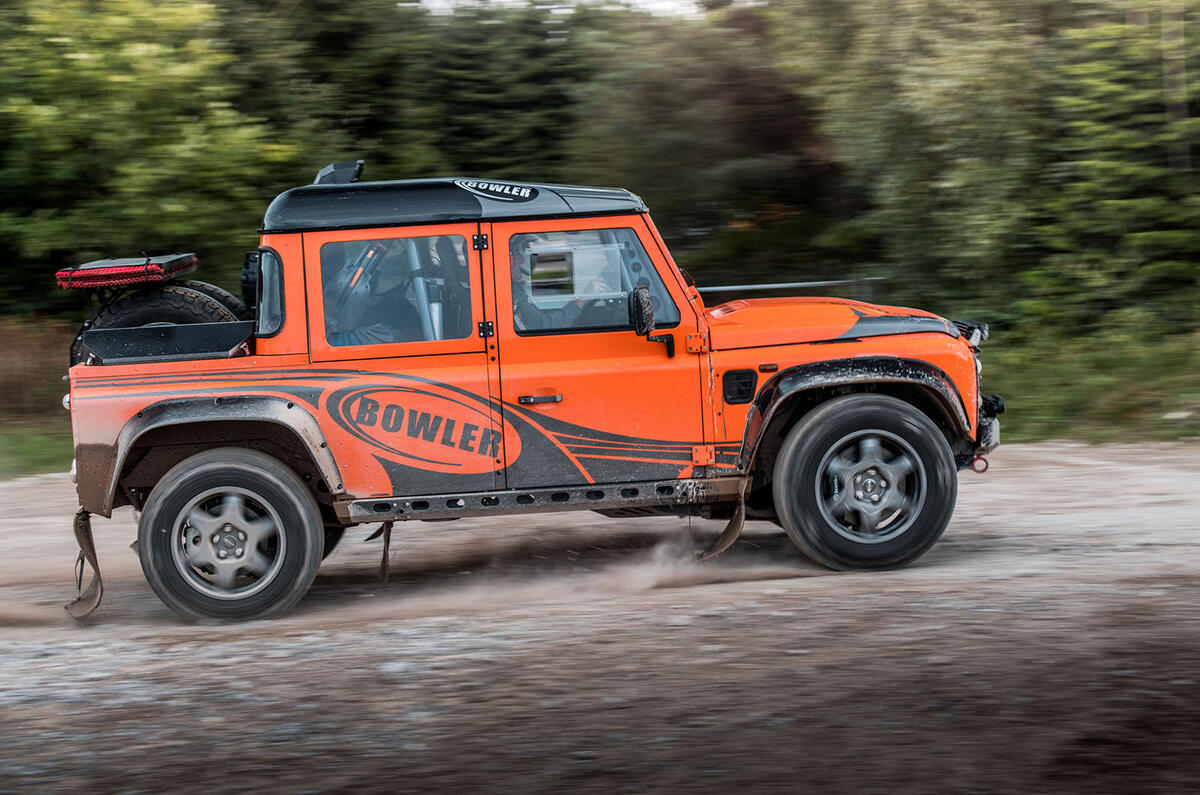
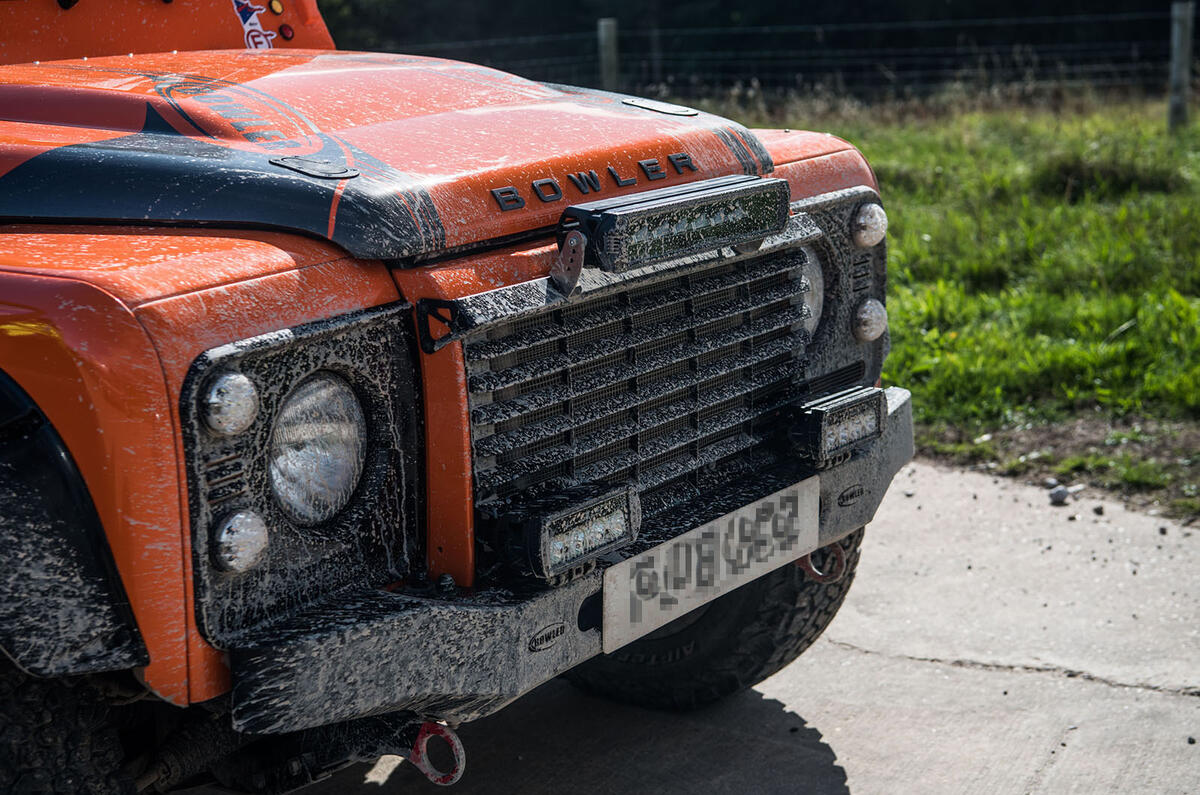
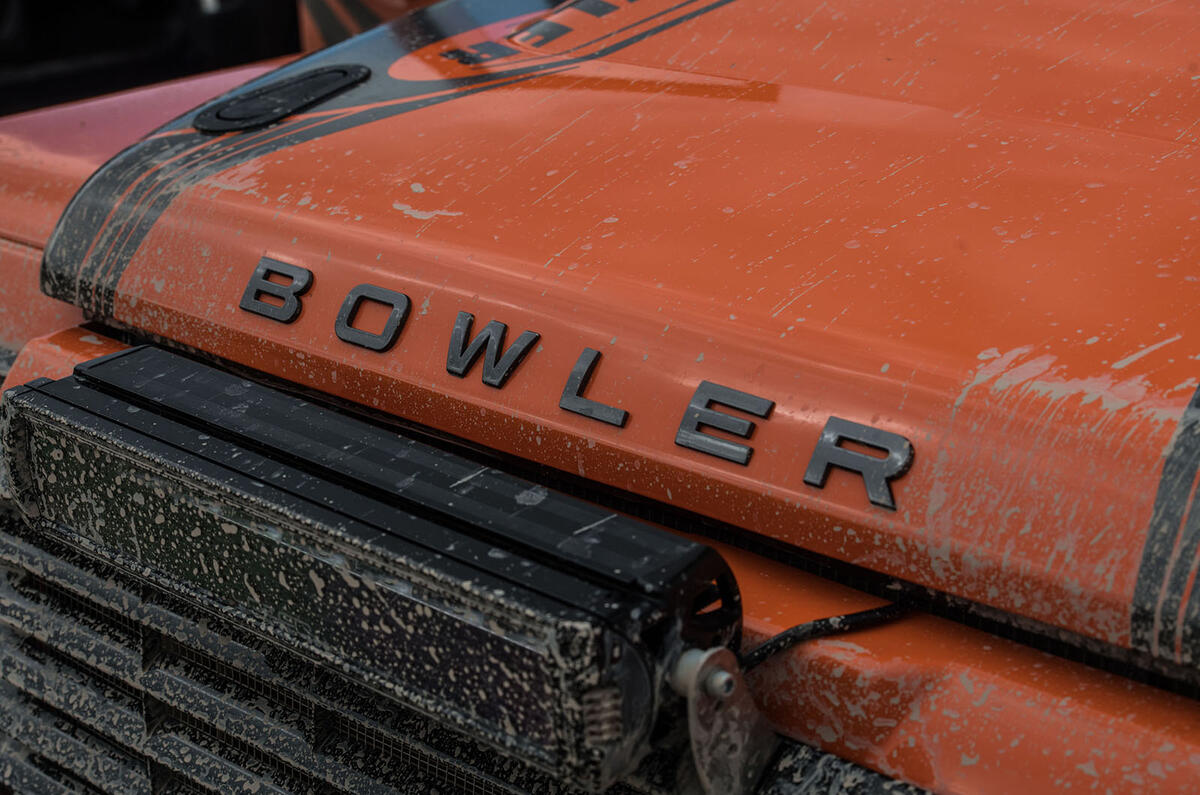
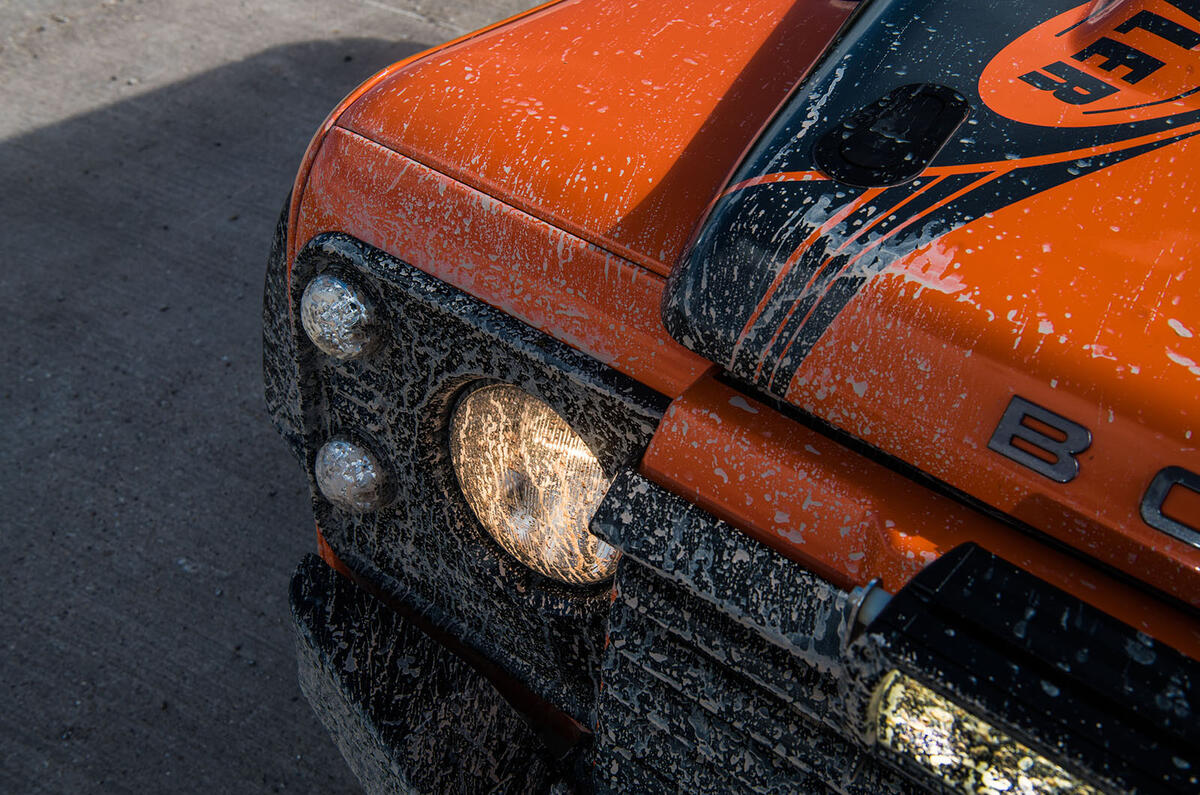

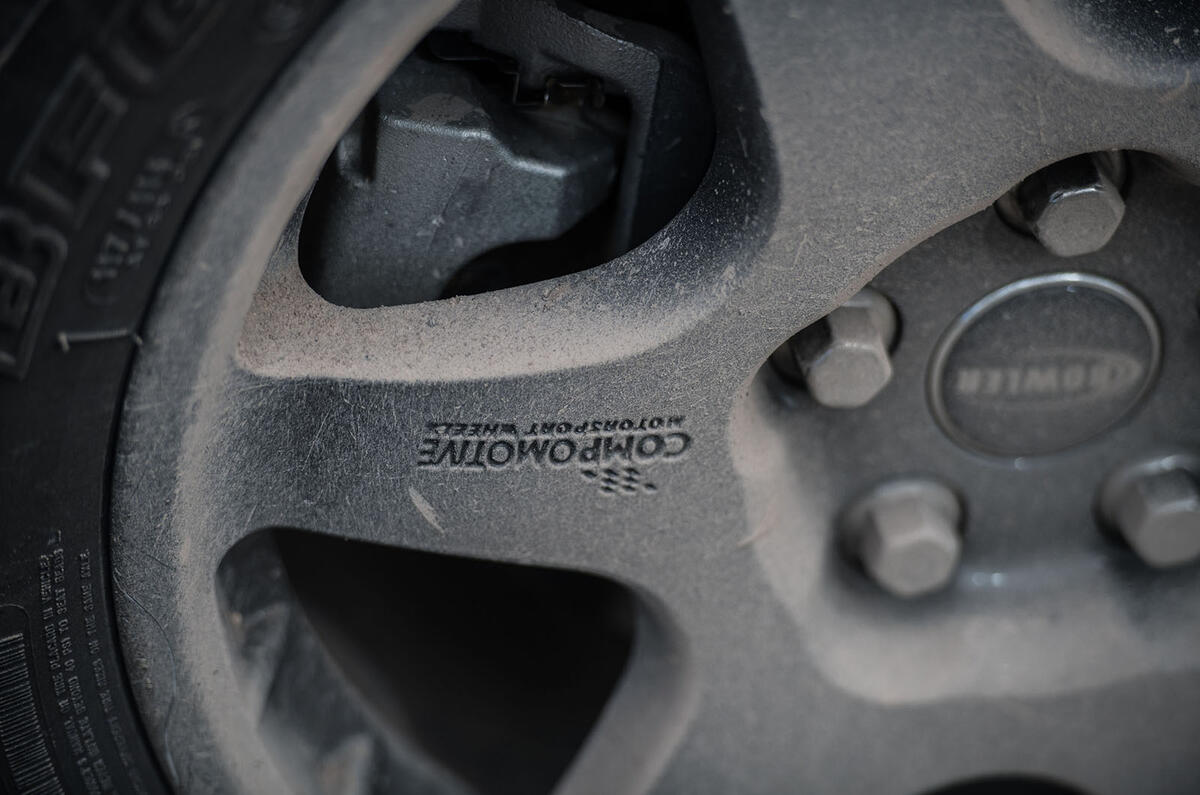
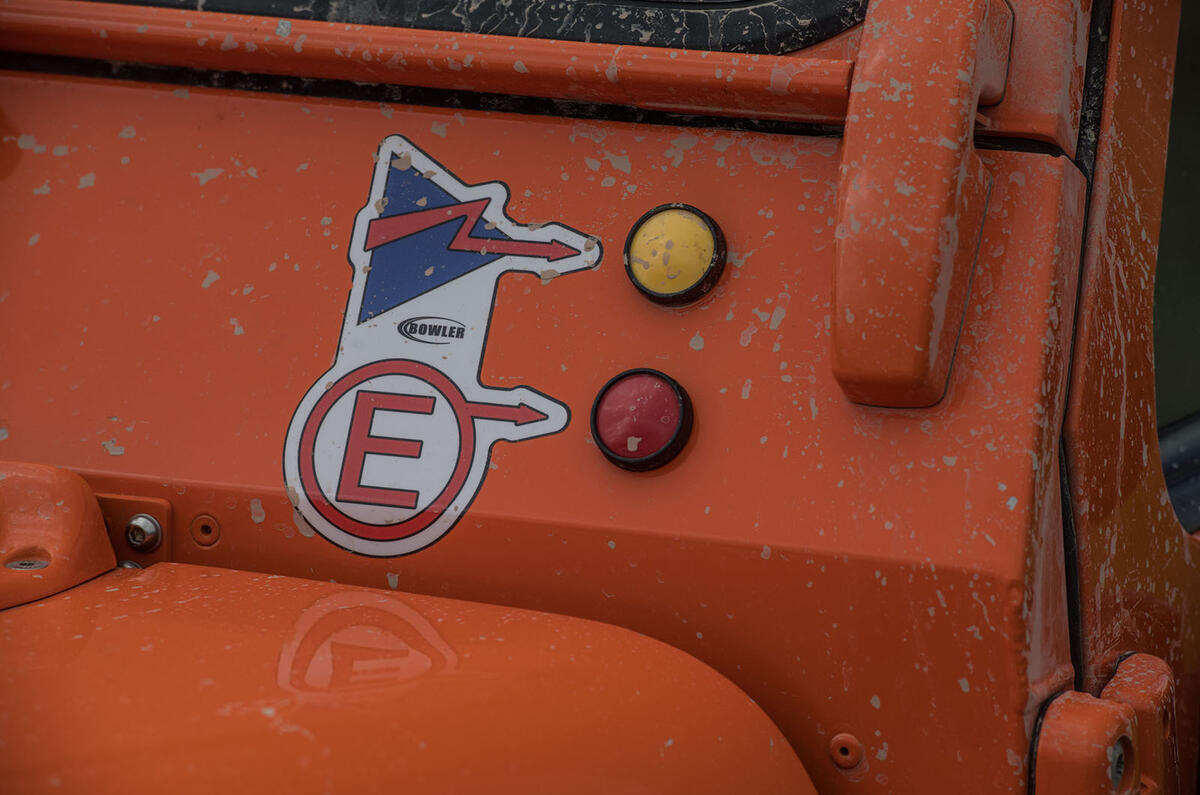
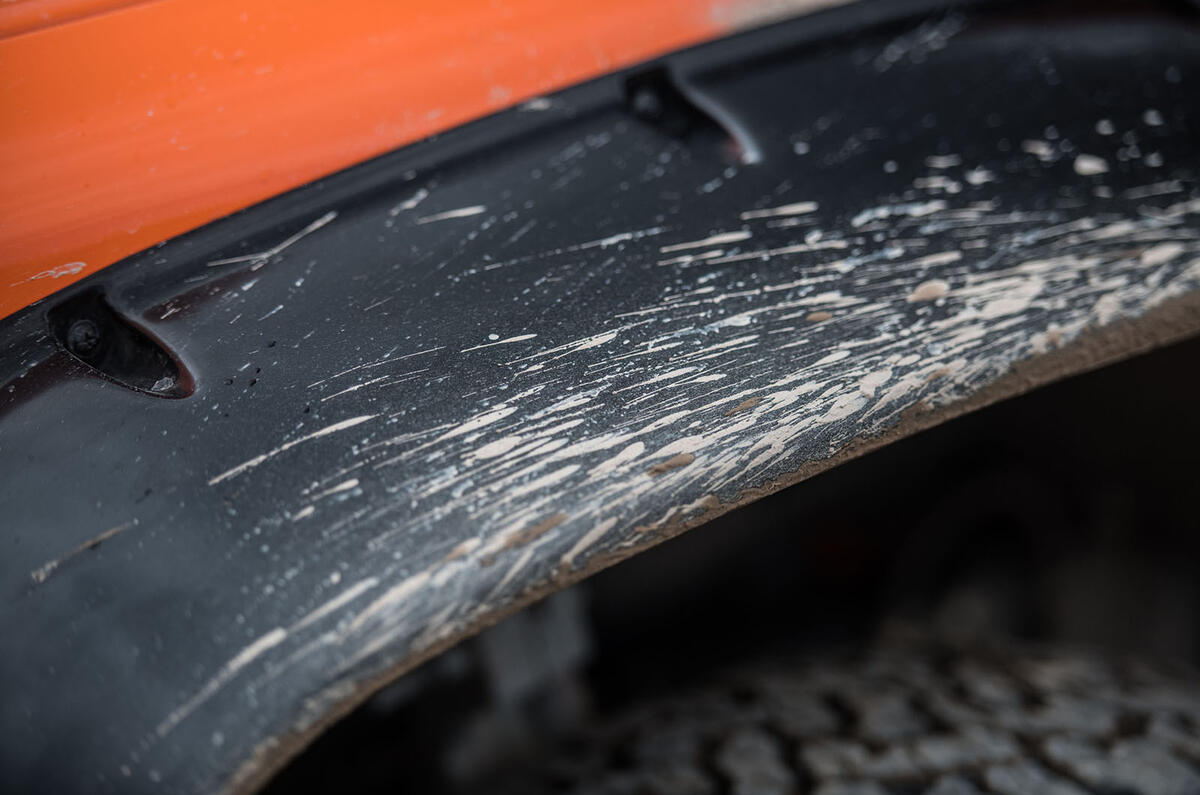
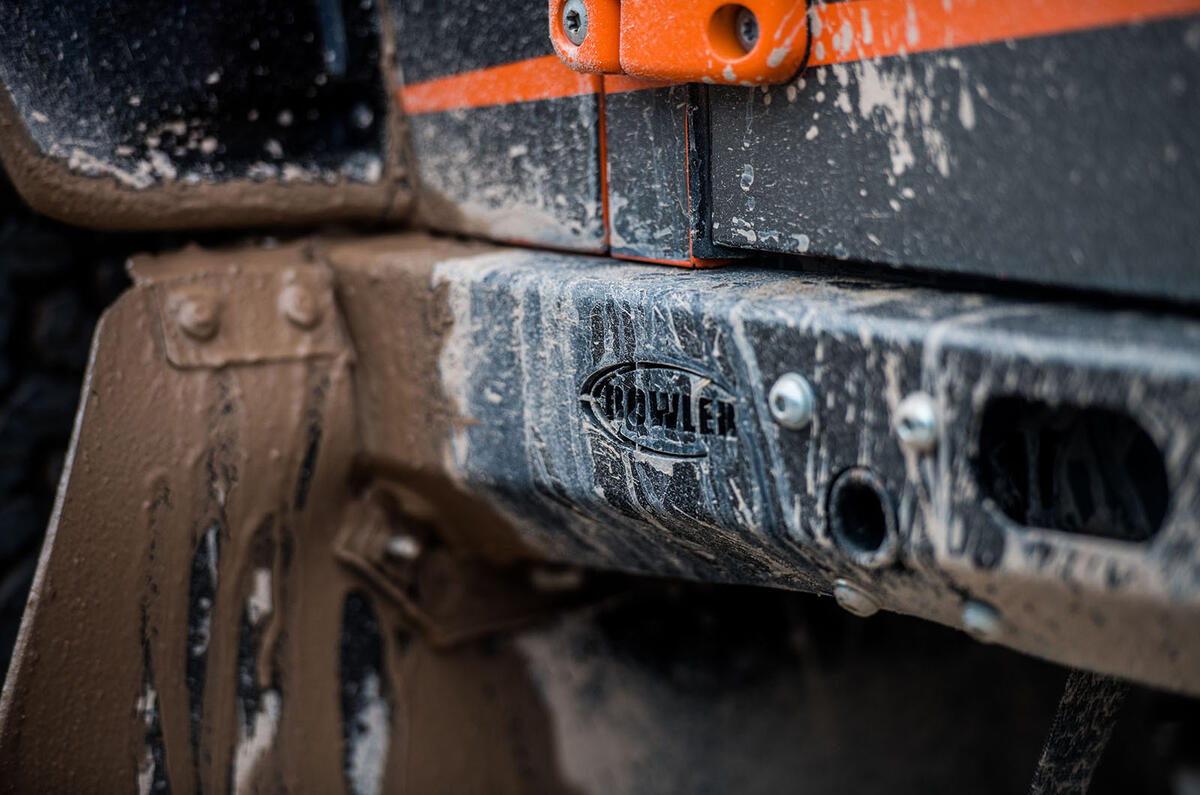
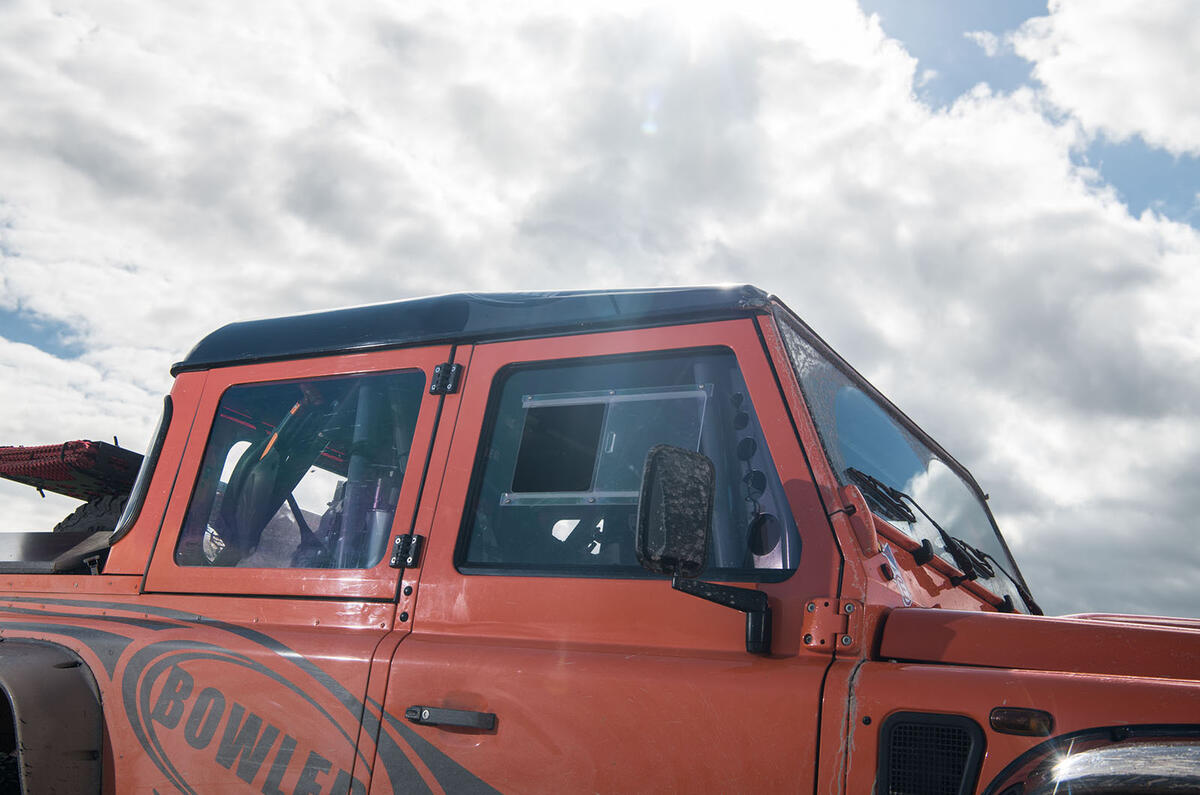
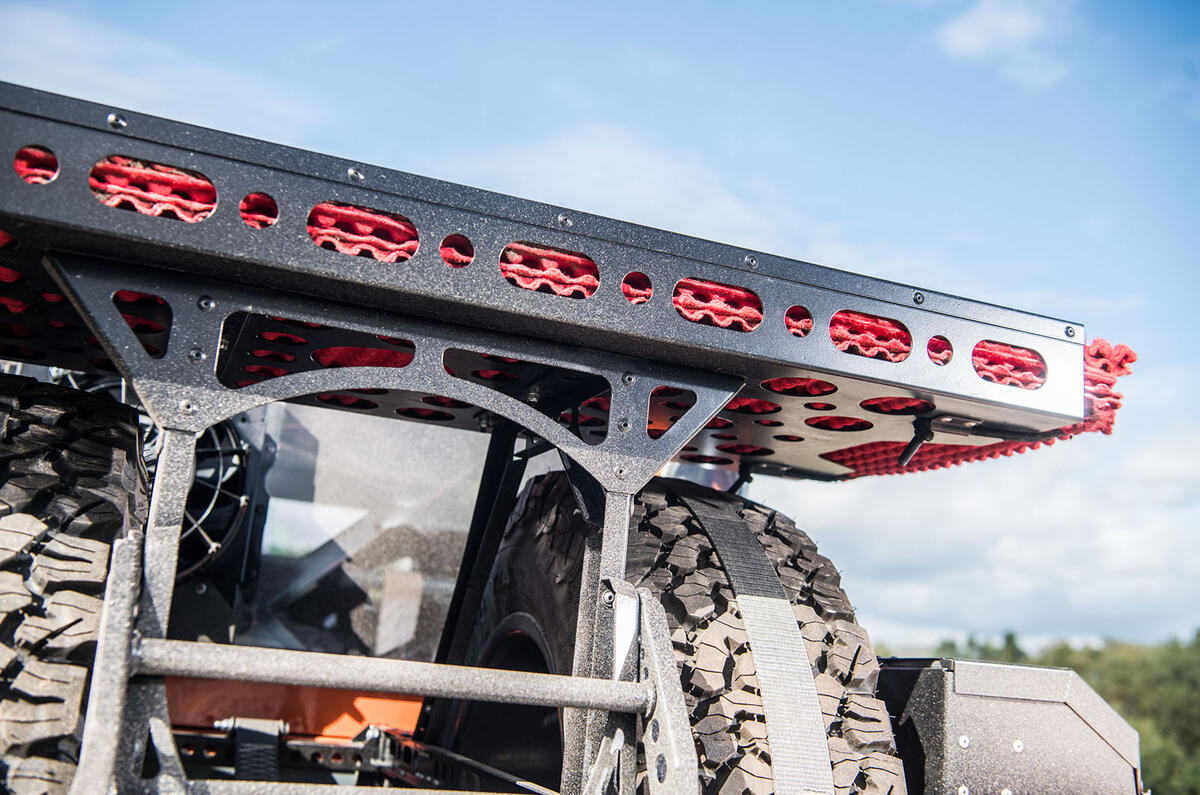
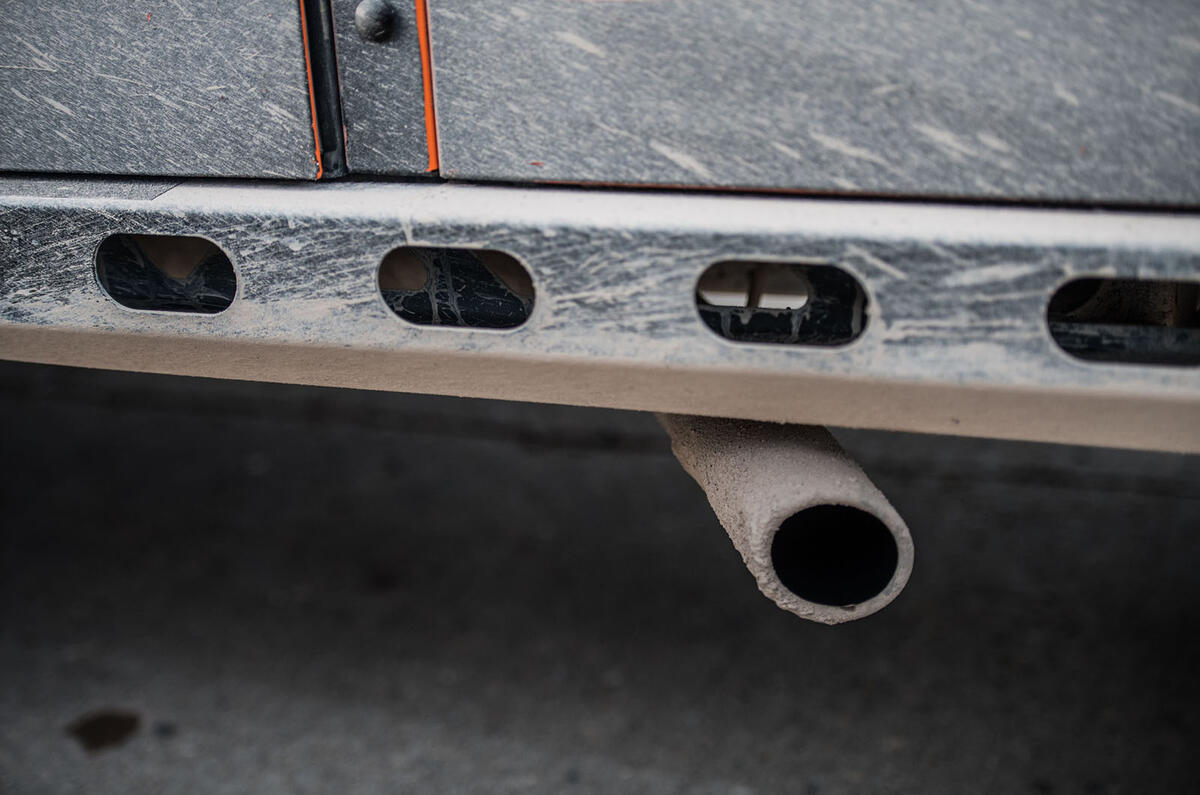
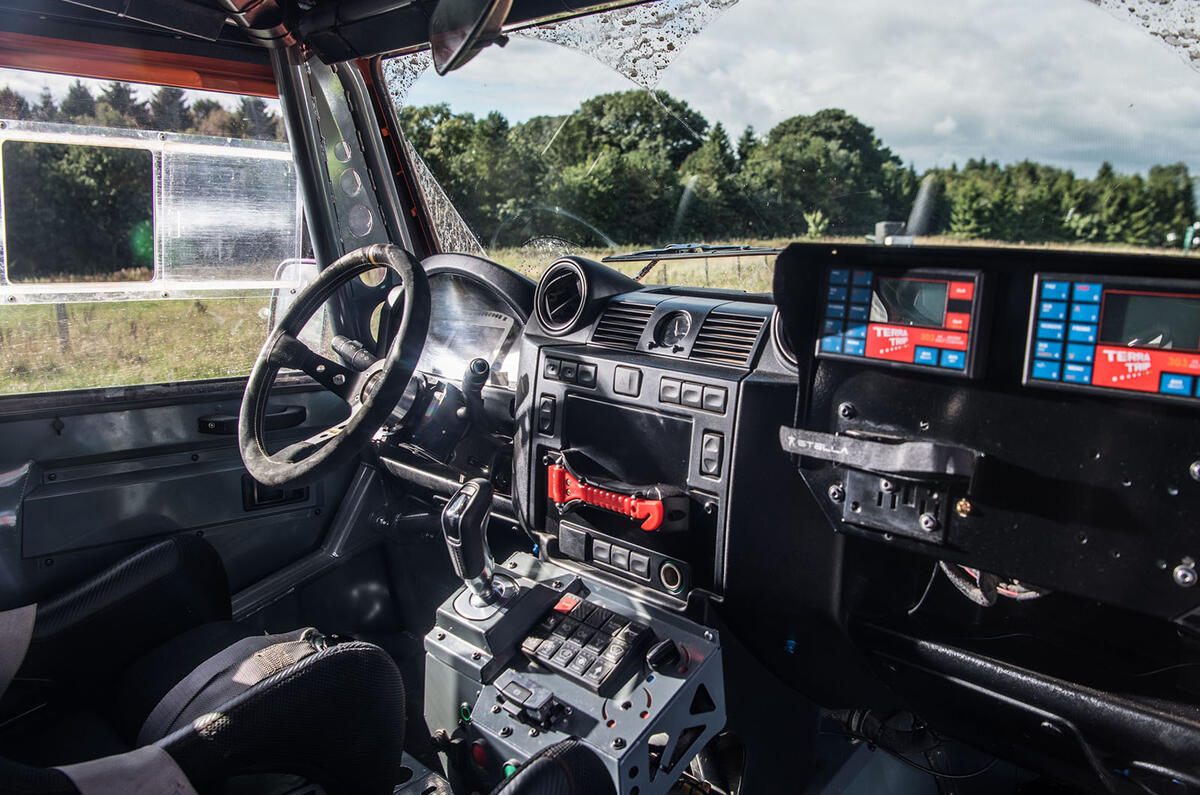



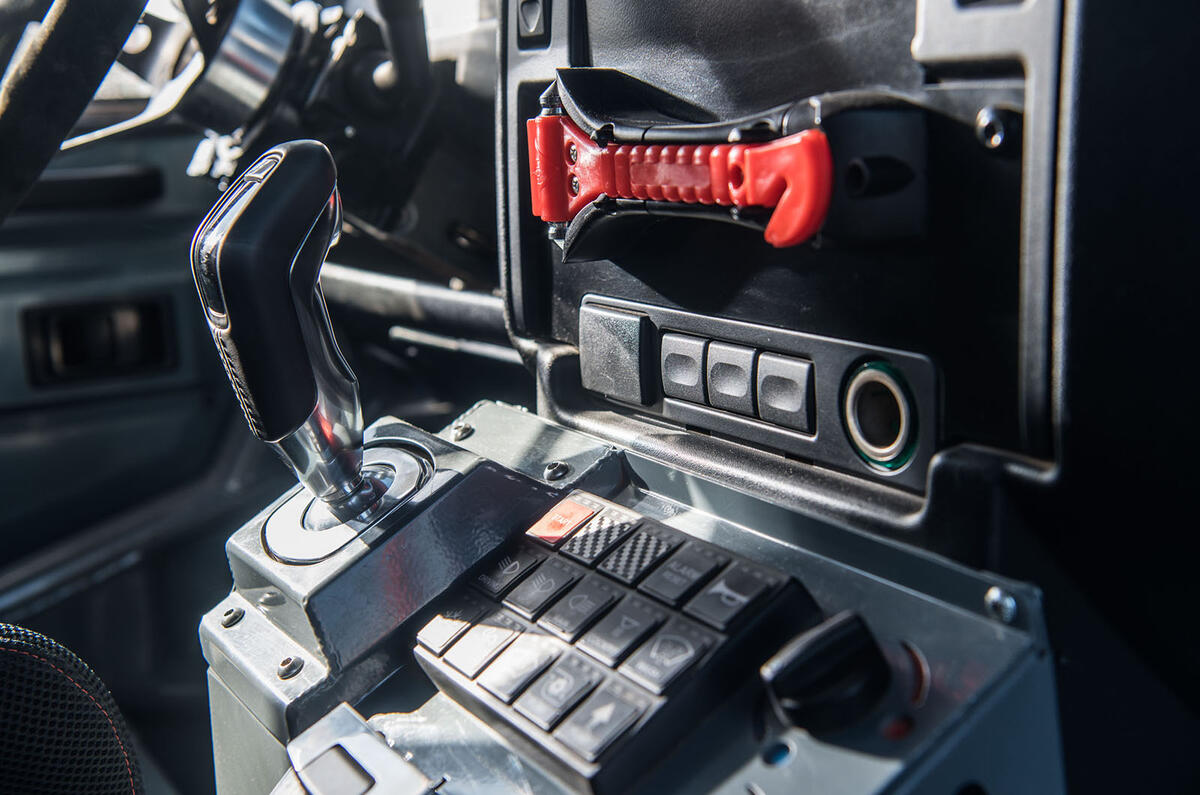
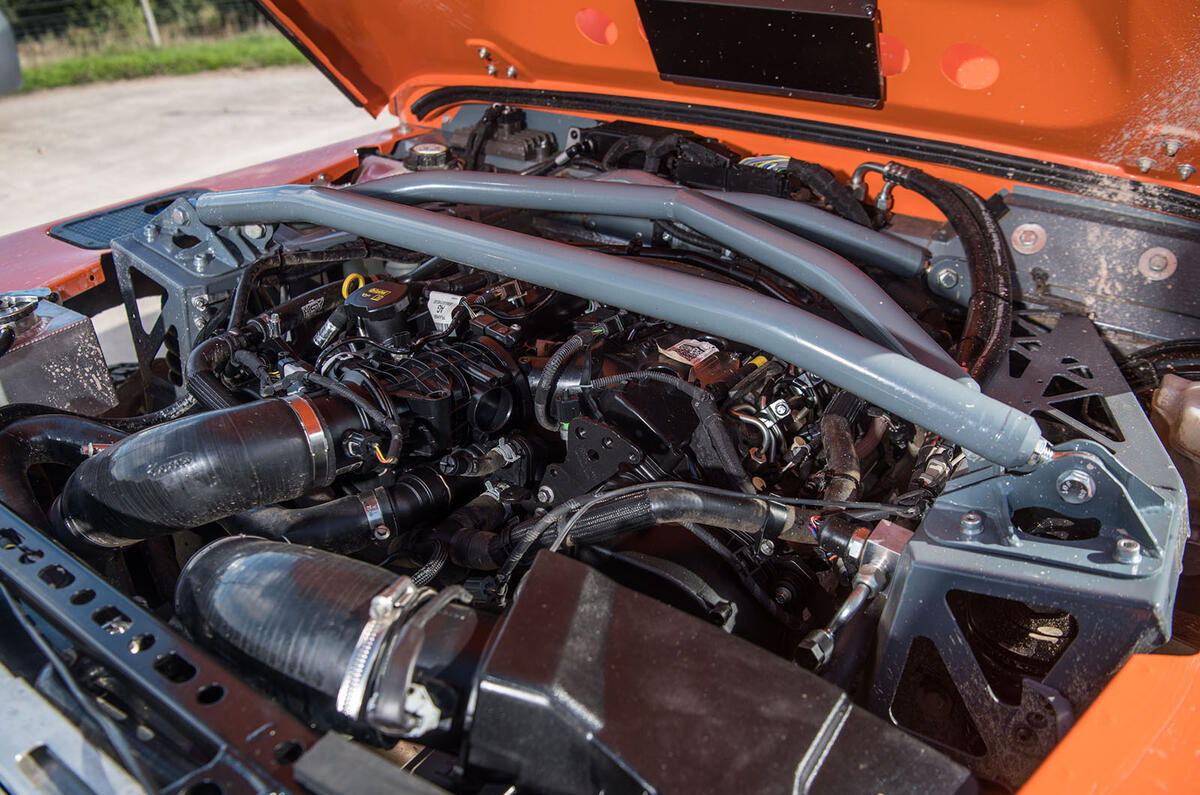


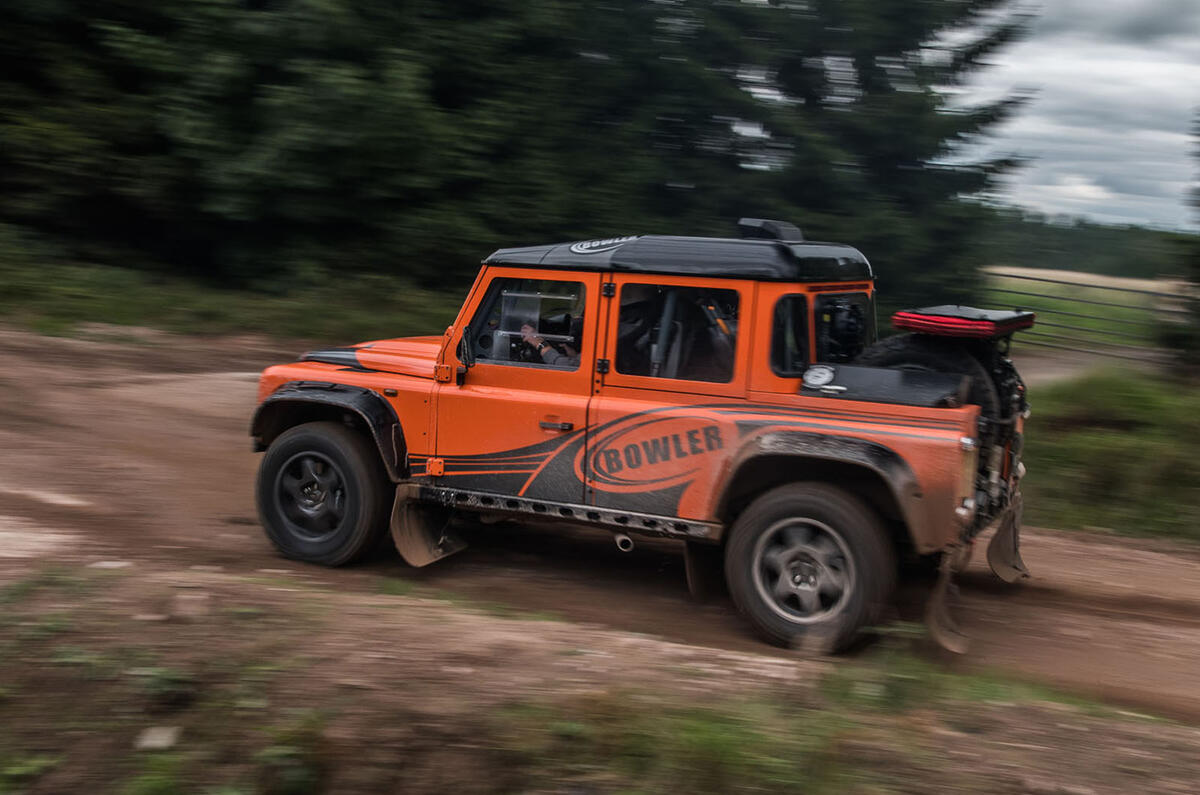
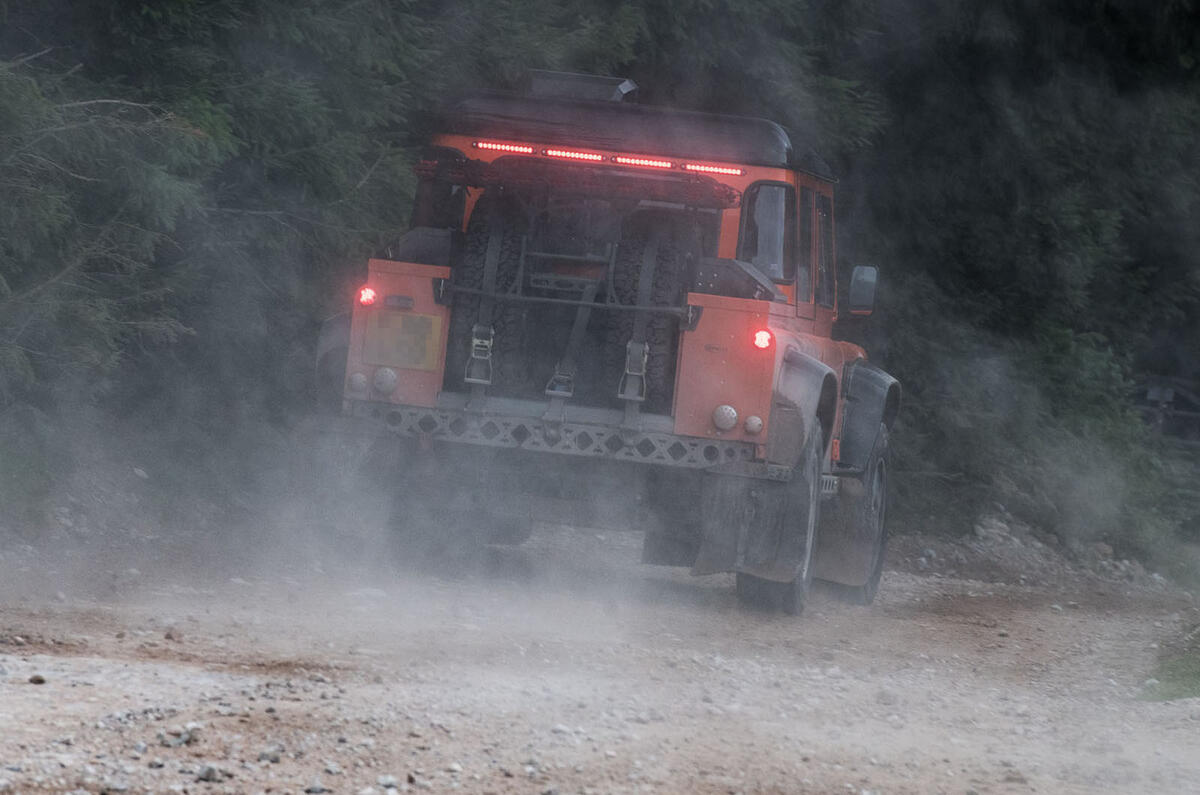
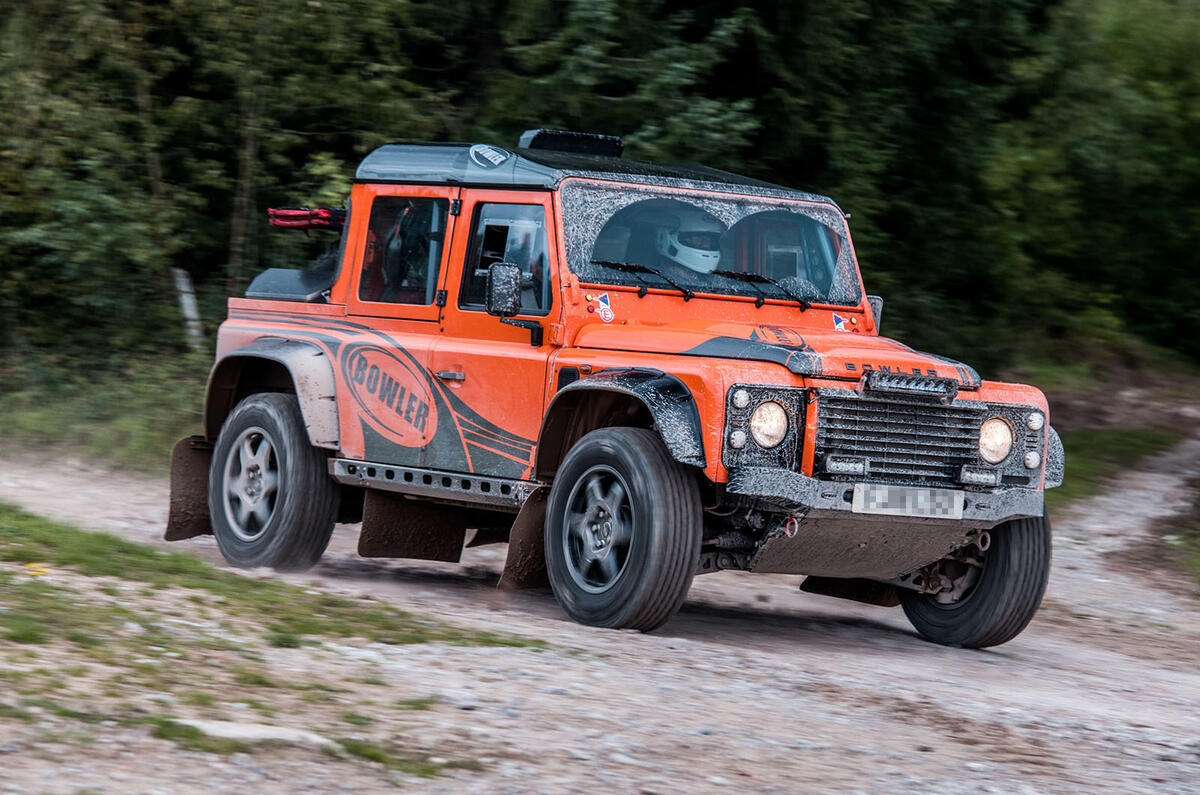


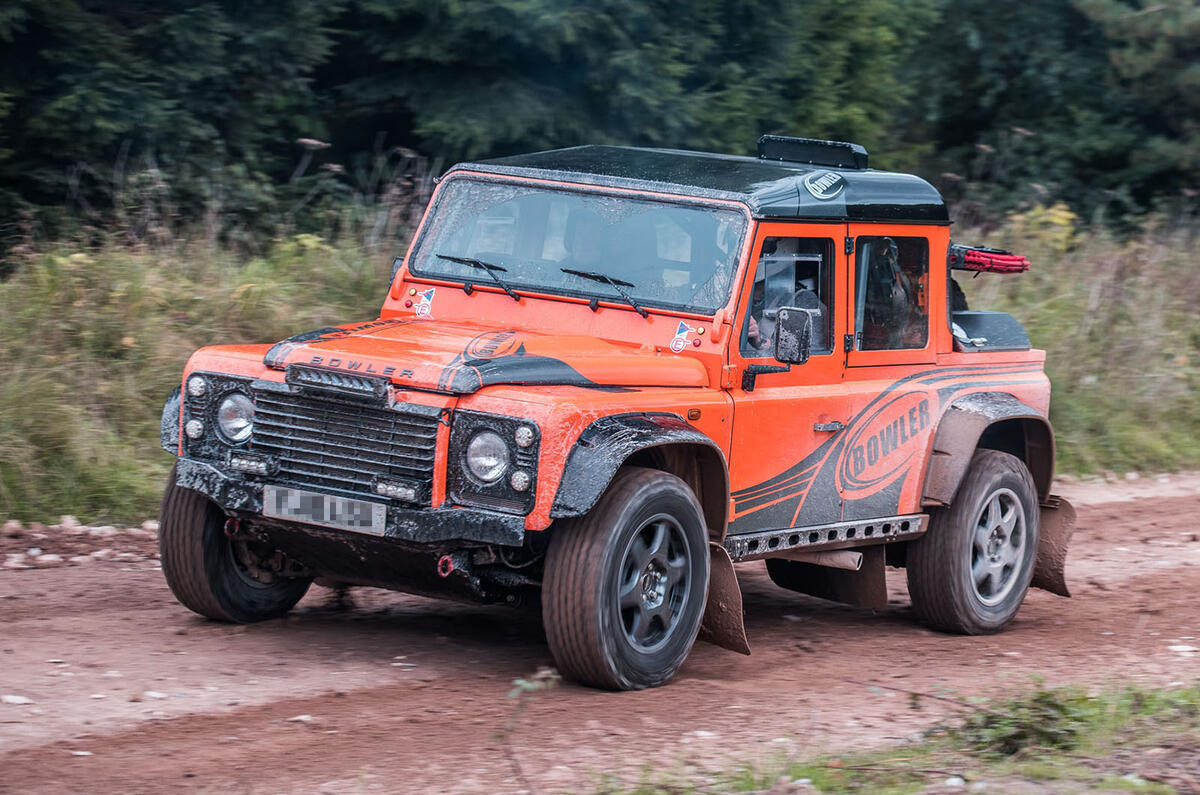
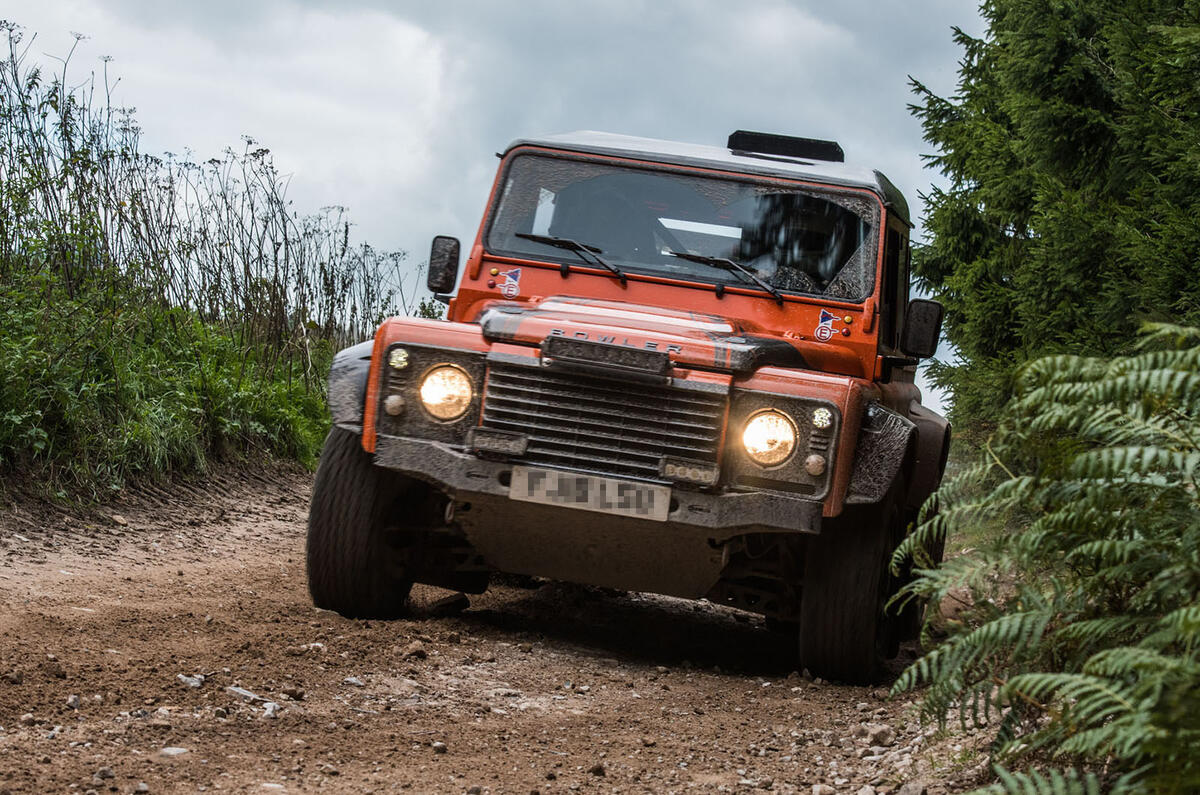
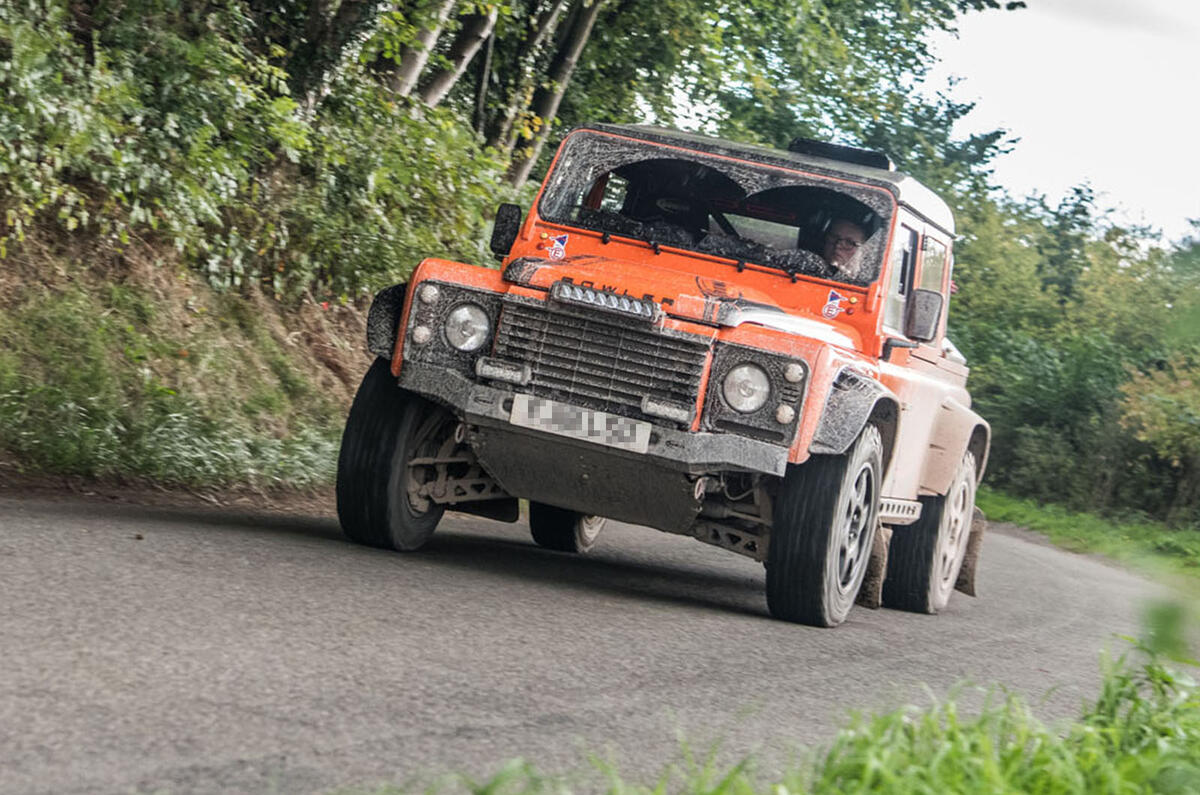

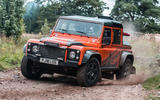
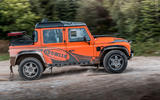
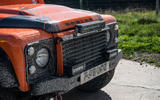
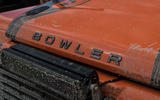

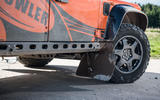
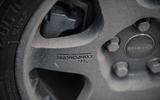

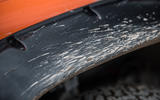
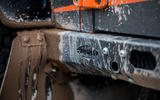
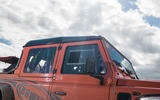
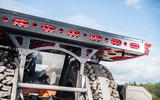
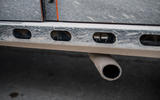
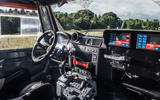

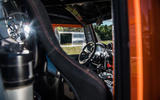
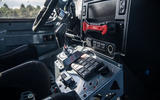

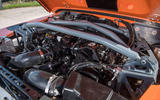

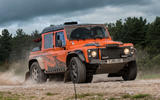
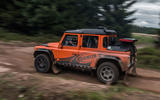
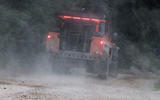
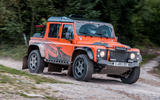
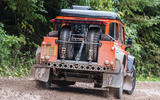
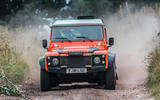
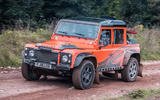
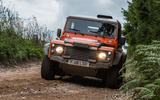

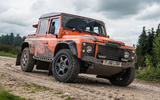

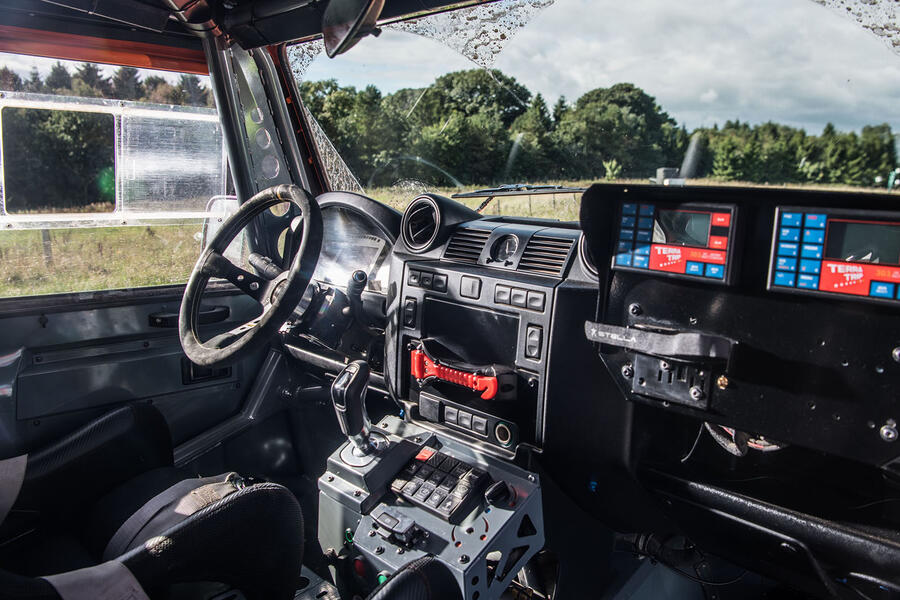
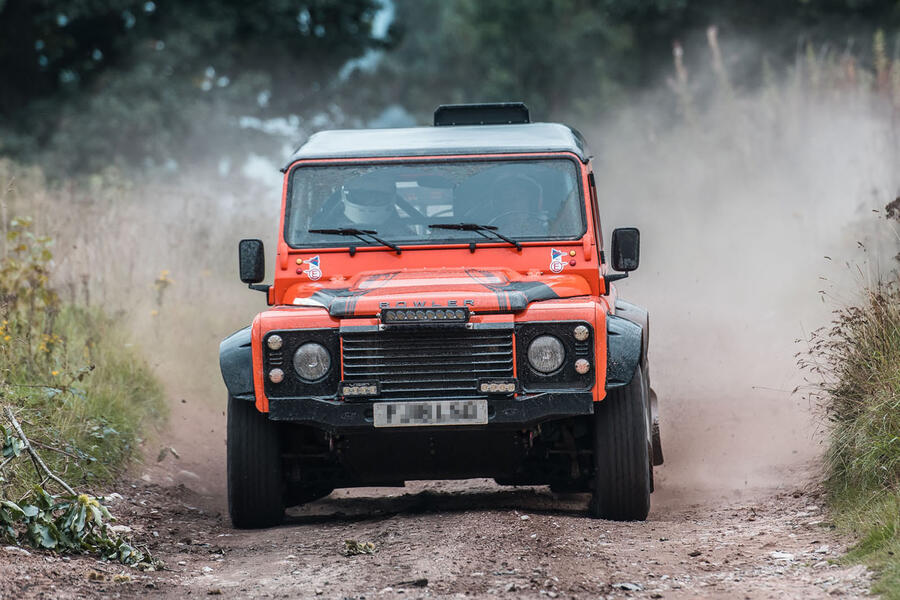
Join the debate
TheDriver
Long travel suspension
Clearly the long travel suspension on this car is one of the key features to enable high speed travel across harsh terrain in “relative” comfort. Unless you want a car that can corner at high speeds, I think there is much to be said for a vehicle that can soak up punishment on poor surfaces, including potholes and badly surfaced UK roads. This can also encourage a more relaxed driving style. It’ll be interesting to see how the ride of the forthcoming Ford Ranger Raptor copes with everyday driving here in the UK.
As an aside, the use of the Defender body on this Bowler vehicle just goes to show the enduring appeal of the shape. I fear this fact is lost on the powers that be at JLR as they prepare for the long overdue Defender replacement.
Will86
@TheDriver
Totally agree. Firm suspension doesn't automatically mean better handling if you get jolted by every bump and pothole in the road. So having a softer setup that works well at high speeds yet also allows relaxed driving sounds like a win win situation. But I fear nowadays that more money gets diverted to fancy electronics rather than high quality engineering solutions because apparently that's what consumers want.
289
Why...
....arent Bowler just continuing the EXR-S?
Matt Saunders
It shared too many components
It shared too many components with the L320 Range Rover Sport to practically be able to survive after that had died.
Also, apparently each car took close on a year to make. And they only sold five.
289
@Matt Saunders
.......thats a shame, I wondered why it had dissapeared.
Clearly they hadnt thought their production of the EXR-S through....no one takes a year to build a car and makes a profit.
I would have thought there was a ready market for it in Dubai where they take off-roading with big petrol engined vehicles very seriously.
It was a great car though....I did see one for sale secondhand. Thanks for the update Matt.....there is nothing about it on their website.
Add your comment